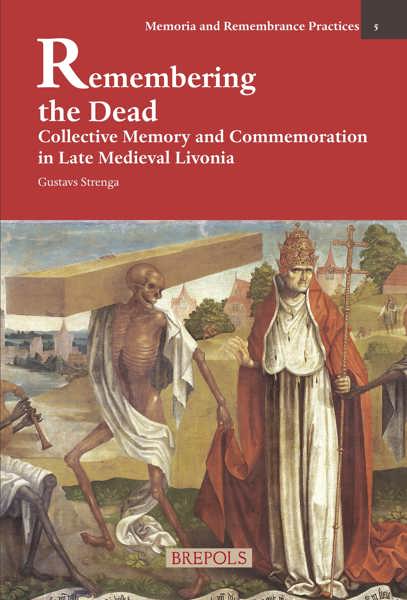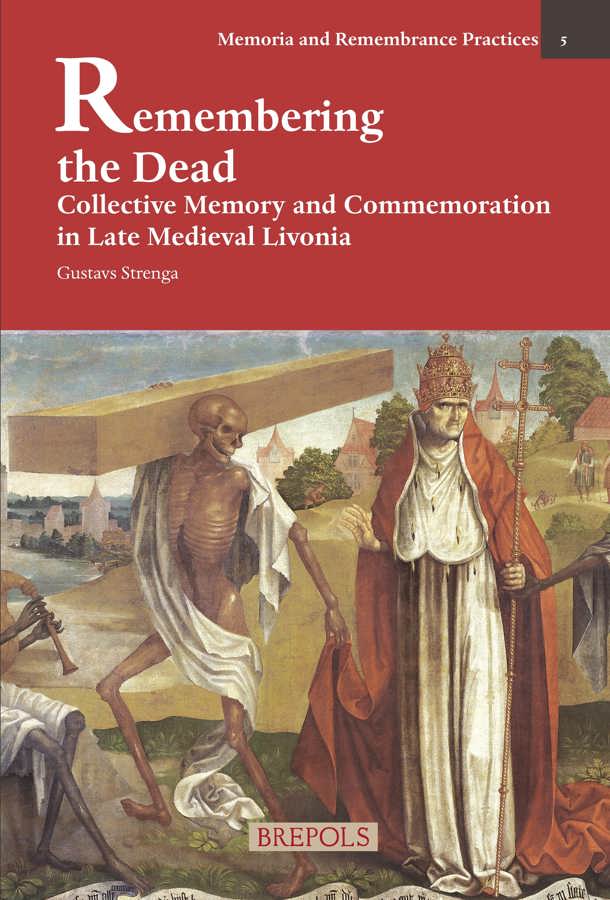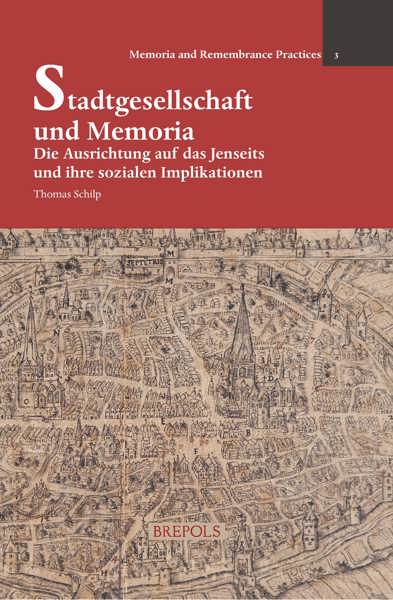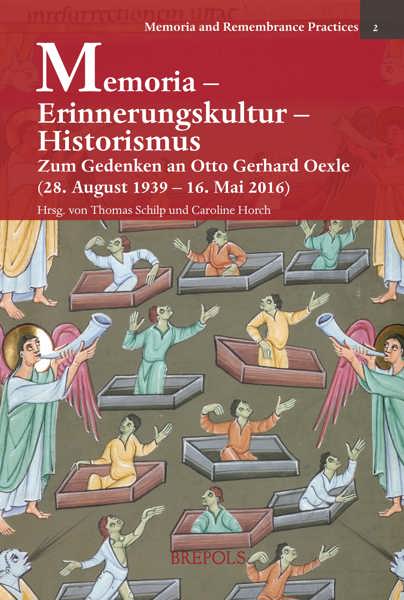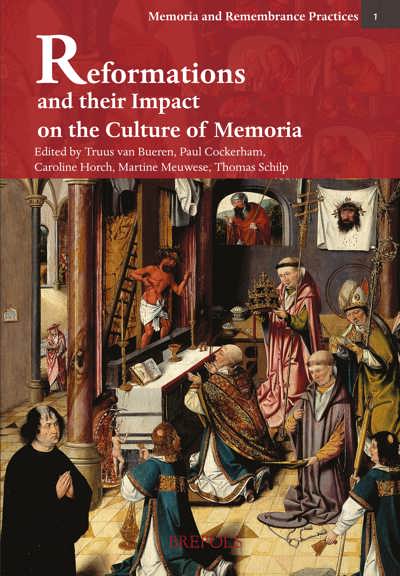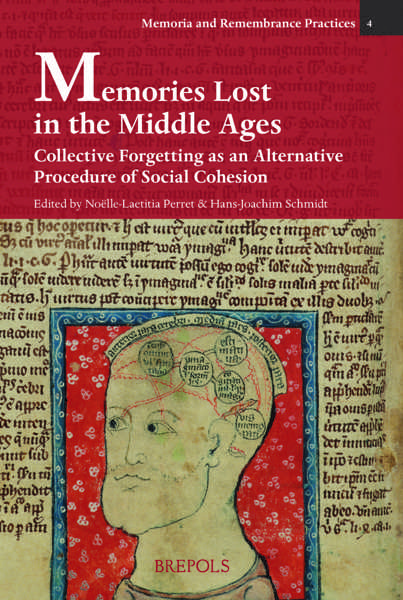
- Pages: 318 p.
- Size:178 x 254 mm
- Illustrations:14 b/w, 3 tables b/w.
- Language(s):English
- Publication Year:2023
- € 89,00 EXCL. VAT RETAIL PRICE
- ISBN: 978-2-503-59119-3
- Hardback
- Available
- ISBN: 978-2-503-59120-9
- E-book
- Available
Medieval memoria – commemoration of the dead – was both a form of collective memory and a formative social practice.
Gustavs Strenga’s fascinating book presents a panoramic view of remembering the departed in medieval Livonia. It is not just another work in the broad field of memoria research but an insight into the functioning of a complex, multicultural society between the Crusades and the Reformation, where memoria played a special role in ensuring the coherence of society. For example, the Teutonic Knights and Hanseatic merchants were groups with a large proportion of recent immigrants who needed to be bound to the local communities. Gustavs Strenga’s research is not limited to individual groups but allows an insight into European late medieval society across its various fractions, making this work also a successful study of social history.
Anti Selart (University of Tartu, Estonia)
This important book breathes new life into one of the most fertile research movements of the previous generation: the study of the community of the living and the dead in the Middle Ages. Strenga applies the insights of the (largely German) historiography to the social and religious history of Latvia and Estonia, showing how memoria structured the region’s society. He infuses powerful insights of his own into memoria research. The Black Heads, a by its nature transient set of unmarried merchants, became an institution through memoria.The memoria of the bishops came into conflict with the memoria of the Teutonic order, with the cathedral chancel of Riga at stake. Cistercian nuns were bound to Beer Carters through memoria. Elites funded the memoria of the poor, and provided material help, reinforcing their own status by doing so, but they received prayers in exchange. The Reformation loosend links between rich and poor, German and non-German. These are only a few of the fascinating findings of this highly original, archive-based study.
David D’Avray (University College London, UK)
Gustavs Strenga (PhD) is a post-doctoral researcher at University of Greifswald. The history of medieval Livonia, memory studies, remembrance of medieval heroes, ethnicity in the Middle Ages, gift giving as a historical phenomenon, and book history are his main academic interests.
Medieval memoria - the commemoration of the dead - was both a form of collective memory and a social practice present in every sphere of life. It shaped identities and constituted groups, and thus the study of commemorative practices can tell us a great deal about medieval communities. This study shows the importance of memoria as a form of collective memory for different groups and institutions: city government and guilds, the Teutonic Order, bishops and cathedral chapters, and monastic communities, in late medieval Livonia (present-day Latvia and Estonia).
